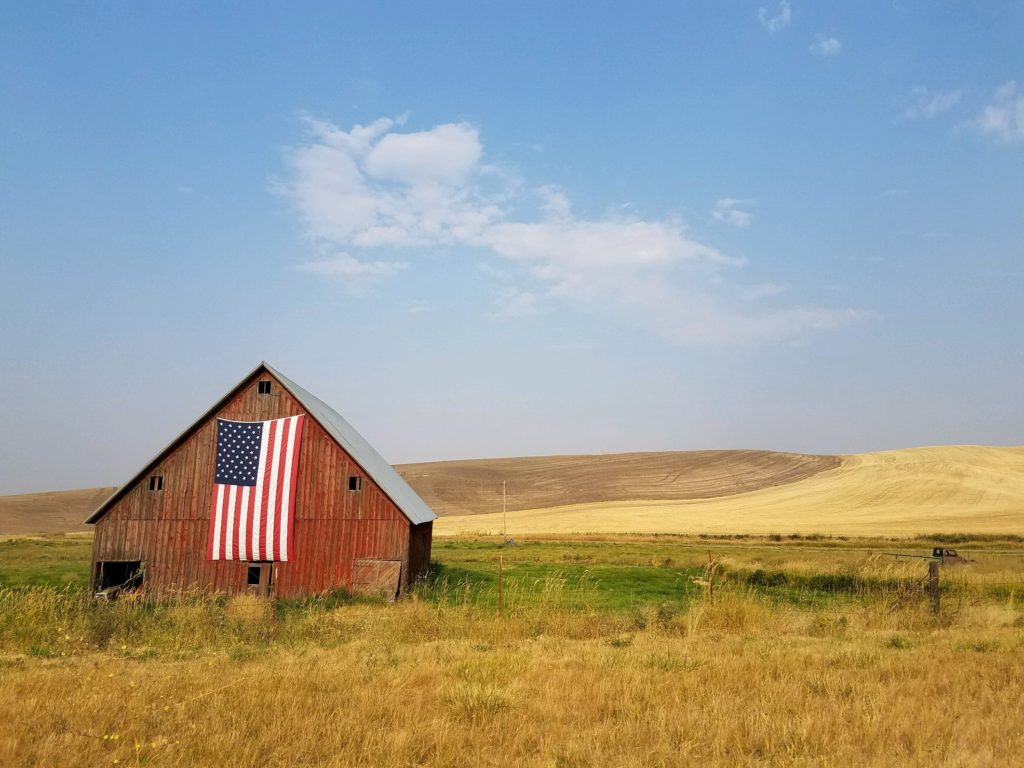Urban or rural, most of us are at home hoping we won’t catch or spread the deadly coronavirus that has shut down much of our daily lives. Today, more than 100,000 Americans have contracted COVID-19, and with the rates we’ve seen over the past week we’re sure to see many more. To contain this crisis those on the front line need lifesaving tools — tests, beds, respirators, and masks. Also needed is continued pay for the workers keeping our communities running and for those staying home to flatten the curve.
Addressing COVID-19 requires that we refer to the lessons we have learned in the past. In 2008, as lieutenant governor and Iowa’s homeland security adviser, I lead the emergency task force in Iowa after massive floods hit the eastern portion of the state. Police, State Troopers, FEMA, and the National Guard worked with us to rescue and shelter families, aid those injured by the storm, support health workers, and get employers like the universities, utility companies, ethanol plants, and small businesses back to work. We worked aggressively to help as many businesses as we could, knowing if they weren’t operating within a few weeks they were gone for good. It was not easy, and a lot of communities have faced long-term hardship due to the devastation, but Iowans pulled together.
The pandemic is different, and it is hitting the entire country hard. However, having lived and worked in rural America my entire life and working on disasters and with farmers after the 80s crisis I know the unique challenges rural economies face. I cannot help but think of the mom and pop businesses that may never recover from COVID-19, the layoffs happening at manufacturing and biofuel companies, and schools trying to provide online learning to students without broadband internet. Above all medical professionals without access to the tools to protect themselves and save lives are at the top of my mind.
At home in Albia, just a block from the town square, I see very little traffic — a bad sign for an economy based on moving goods and services between farms, manufacturing plants, and the Rathbun Lake tourists we hope to see again very soon.
Rural economies are hurting, and now they’re about to get hit even harder. Recent policies in place before this crisis had already damaged the rural economy. Farm income is down 50% from 2013. Trade fights between the US and China cost Iowa billions of dollars. Thanks to Trump’s giveaways to oil, ethanol and farm machinery plants across America idled and shut down, laying off workers in rural communities.
Without rural advocates at the table, COVID-19 and its aftermath will send many rural businesses and many communities already struggling to the brink. The national economy cannot be viewed as simply as a trading floor, big business, and banks. It is school systems, churches, and hospitals, shops, recreation, and housing stock too. If we don’t support our rural communities, we will erase them. The stimulus packages Congress and the President pass must recognize the unique issues in rural communities.
It may seem strange to worry about a region where social distancing seems so much easier — but rural communities are vulnerable and we’re short on health care workers and hospitals. 166 rural hospitals have closed since 2005 and those remaining function on a physician shortage. As COVID-19 hits rural communities, it will be increasingly deadly. We have a greater percentage of people over the age of 50 coupled with limited access to hospital beds and telehealth, along with spotty broadband internet and health worker and equipment shortages.
We have great rural hospitals that have taken good care of us in the past. But they were not designed for a pandemic event. If someone here in Albia needs hospitalization that includes being put on a ventilator for several days, they’ll probably have to go to Des Moines, a city of 1.1 million people with a total of 2,760 beds. If you’re in La Valle, Wisconsin you may have to head to Madison, which has 2,440 total beds and a population over 1 million. Residents of Colon, Michigan may be referred to Kalamazoo, which has a population of 675,000 and 1,460 total beds. Like Iowa and many other states, Michigan hospitals are postponing non-essential surgeries to free up space. Providers in every community are ordering protective gear but backlogs prevent their protective measures from keeping up with the rate of infection.
The decisions being made by our nation’s leaders will determine the direction our country takes as we respond and recover from this pandemic event. Please, do not leave rural America behind.
